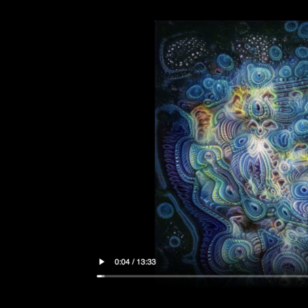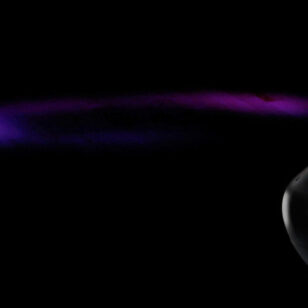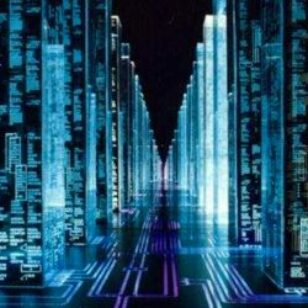A pendulum with an LED that projects the movement path onto a camera creating an image from a long exposure.
Title: PENDULIGHT
A Summary of Your Project
A pendulum with an LED that projects the movement path onto a camera creating an image from a long exposure. The Image is displayed for 60 minutes and then is removed from the installation.
Vision Statement, Purpose of Your Project
The idea behind Pendulight is to illustrate the fleetingness of time and the permanence of death. Each image exists for exactly 60 minutes, once that time has elapsed it is gone forever. It becomes only a memory and eventually even the memory is gone. My hope is that this sequence of events suggests to the viewers to think more on what time is and how in the end eventually there is none left. Essentially this clock tries to put into perspective time and death as it relates to the human condition.
Ideal Audience / Venue
The ideal audience for this is really anyone who enjoys installation art. The ideal venue is a gallery or museum like the Hirshhorn.
Background/Concept/Story
The idea behind this project started as a way to map the kinetic energy of the pendulum. It has evolved into a large-scale installation dealing with time and death.
Project Description
Pendulight is a room-sized installation consisting of four main components: a pendulum, a control console, a camera, and a series of screens or projections configured in a stripe around the circumference of the room. An RGB LED in the pendulum responds to a number of different data sets collected from the room or the pendulum’s movement. These datasets include: speed of the pendulum, x/y location of the pendulum, room humidity, room temperature, ambient sound level of the room, and possibly more. The pendulum is suspended from a variable point which is in turn connected to a stepper. The control console allows the user to adjust the speed and direction of the servo, and select the mode for the LED response. With user input to the servo the movement of the pendulum is unpredictable and is highly unlikely to repeat. As the pendulum moves the camera, which is located inline with the stepper on the floor pointing up, captures a 1 minute exposure. After the exposure is finished the resulting image is projected or displayed on a segment of the stripe located directly to the right of the entrance of the room. This process continues as long as the pendulum is in motion. After 60 minutes the first image has been displayed sequentially in all 60 locations around the room and is now directly to the left of the room entrance. At minute 61 the image is no longer displayed and no record of it is kept. This happens for every image that is created.
The installation requires a number of different materials and technologies.
How is Your Project Different?
Anita Chowdry Light photos involving pendulums
Scott LeBlanc One example of light photo involving a pendulum
Steve Throndson LIght photography using pendulums
All of the above capture the movement of a pendulum with a long exposure but let the pendulum travel a natural path, once the pendulum is let go the path is not interfered by outside inputs; as well as the images are captured and printed and displayed in perpetuity.
My iteration of this project is the addition of the variable pivot point and user input of the pivot and the way the images are displayed in a room sized installation. And each image only lasts for exactly 60 minutes.
Expert/Mentor List
James Nolan Gandy makes mechanical drawing machines, not the same but in principle the mechanical aspect could be used to iterate on movement methods.
RAFAEL LOZANO-HEMMER very interesting installation using input from viewers to create elements of the artwork other works link
Tom Igoe
Jeff Fedderson
What and How
What are specific objects you would like to achieve within your project? If they’re specific features, describe the technologies you think you will use, and include a rough timetable of activities with dates and objectives.


